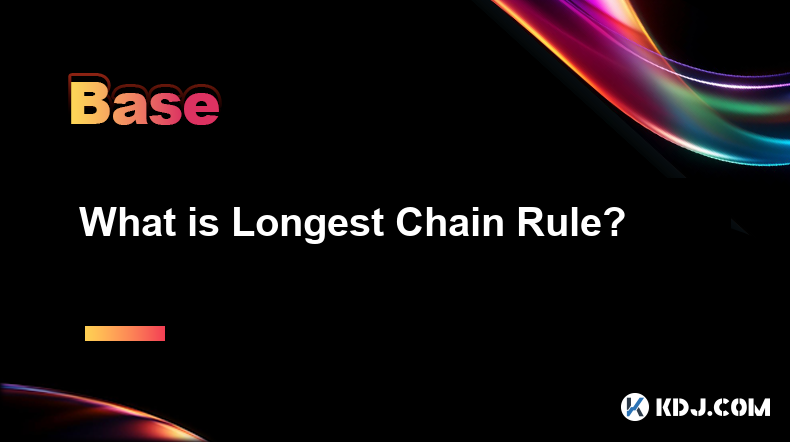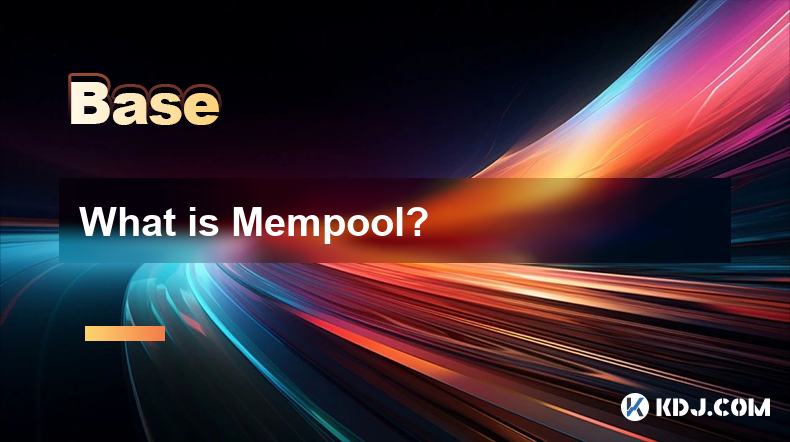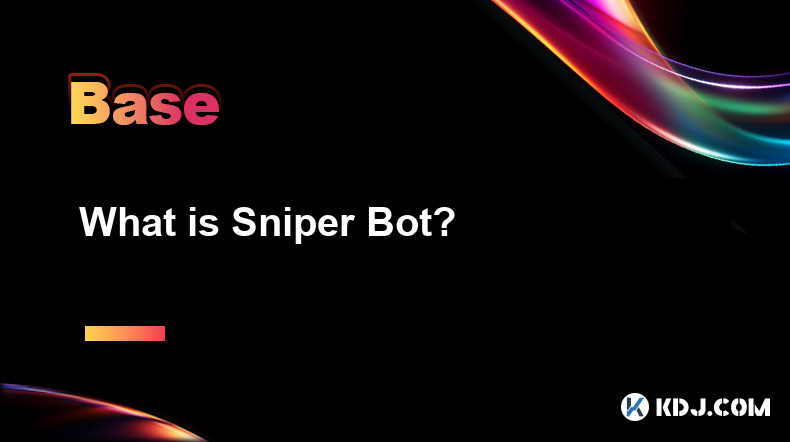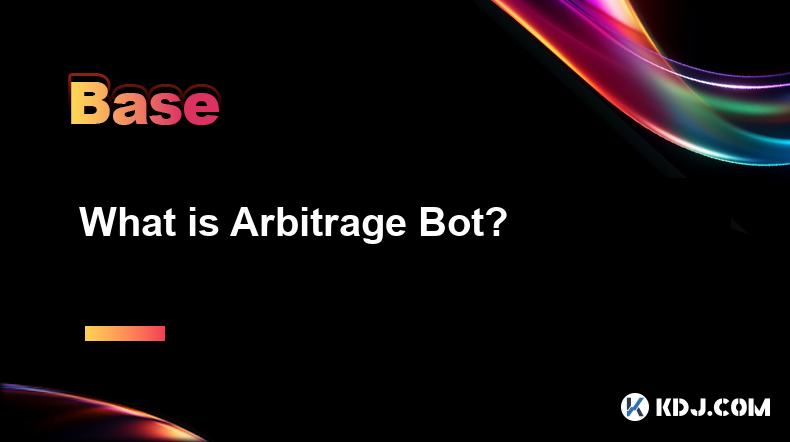-
 Bitcoin
Bitcoin $79,674.6633
3.45% -
 Ethereum
Ethereum $1,586.3298
2.69% -
 Tether USDt
Tether USDt $0.9998
0.05% -
 XRP
XRP $1.8873
5.62% -
 BNB
BNB $562.2931
2.70% -
 USDC
USDC $0.9999
-0.01% -
 Solana
Solana $110.6680
8.28% -
 Dogecoin
Dogecoin $0.1507
6.18% -
 TRON
TRON $0.2328
2.92% -
 Cardano
Cardano $0.5906
6.22% -
 UNUS SED LEO
UNUS SED LEO $8.9706
0.75% -
 Toncoin
Toncoin $3.1253
4.26% -
 Chainlink
Chainlink $11.7124
6.39% -
 Avalanche
Avalanche $17.3278
8.49% -
 Stellar
Stellar $0.2314
8.89% -
 Shiba Inu
Shiba Inu $0.0...01142
3.33% -
 Sui
Sui $2.0655
10.15% -
 Hedera
Hedera $0.1585
17.07% -
 MANTRA
MANTRA $6.3449
5.45% -
 Polkadot
Polkadot $3.6245
2.88% -
 Bitcoin Cash
Bitcoin Cash $278.6309
4.68% -
 Litecoin
Litecoin $72.1078
6.53% -
 Dai
Dai $1.0000
-0.01% -
 Ethena USDe
Ethena USDe $0.9990
0.04% -
 Bitget Token
Bitget Token $4.2234
8.46% -
 Pi
Pi $0.5906
5.93% -
 Hyperliquid
Hyperliquid $11.9234
17.46% -
 Monero
Monero $206.1688
4.83% -
 Uniswap
Uniswap $5.2008
3.44% -
 OKB
OKB $51.9917
0.99%
What is Longest Chain Rule?
The Longest Chain Rule ensures blockchain integrity by recognizing the chain with the most cumulative proof-of-work as valid, crucial for consensus and security.
Apr 08, 2025 at 07:50 am

The Longest Chain Rule is a fundamental concept in blockchain technology, particularly in the context of cryptocurrencies like Bitcoin. This rule is crucial for maintaining the integrity and security of the blockchain network. In essence, the Longest Chain Rule dictates that the valid blockchain is the one with the most cumulative proof-of-work, which is typically represented by the longest chain of blocks. This rule helps the network to reach a consensus on which version of the blockchain is the correct one, especially in scenarios where there are multiple competing chains.
The Importance of the Longest Chain Rule
The Longest Chain Rule is vital for the decentralized nature of blockchain networks. Without a central authority to validate transactions and blocks, the network relies on this rule to ensure that all participants agree on the state of the blockchain. By following the longest chain, nodes in the network can confidently discard shorter chains, which are often the result of temporary forks or malicious attempts to alter the blockchain. This mechanism is essential for preventing double-spending and maintaining the trustworthiness of the network.
How the Longest Chain Rule Works
When a new block is mined and added to the blockchain, it is broadcast to the network. Each node on the network verifies the new block and, if valid, adds it to their local copy of the blockchain. If two miners solve the proof-of-work puzzle simultaneously, it can lead to a temporary fork where two different versions of the blockchain exist. In such cases, the Longest Chain Rule comes into play. Nodes will continue to work on the chain they received first, but if another chain becomes longer, they will switch to the longer chain. This process ensures that the blockchain with the most cumulative proof-of-work is recognized as the valid one.
Examples of the Longest Chain Rule in Action
To better understand the Longest Chain Rule, consider the following scenarios:
Scenario 1: Two miners, Alice and Bob, solve the proof-of-work puzzle at the same time, creating two different blocks at height 100. Some nodes receive Alice's block first and start working on block 101 based on Alice's block, while others receive Bob's block first and work on a different block 101 based on Bob's block. If Alice's chain grows faster and reaches height 102 before Bob's, nodes that were working on Bob's chain will switch to Alice's chain, recognizing it as the valid one.
Scenario 2: A malicious actor attempts to create a fork by secretly mining a competing chain. If the honest nodes continue to mine on the public chain and it remains longer than the malicious chain, the network will reject the malicious chain, ensuring the integrity of the blockchain.
The Role of the Longest Chain Rule in Consensus
The Longest Chain Rule is a key component of the consensus mechanism in proof-of-work blockchains. It allows the network to achieve consensus without a central authority by ensuring that all nodes agree on the same blockchain. This rule is particularly important in resolving conflicts and maintaining the security of the network. By always choosing the chain with the most cumulative proof-of-work, the network can effectively prevent attacks such as 51% attacks, where an attacker attempts to control the majority of the network's mining power.
Limitations and Challenges of the Longest Chain Rule
While the Longest Chain Rule is effective in most cases, it is not without its limitations and challenges. One of the main challenges is the potential for temporary forks, which can cause confusion and delays in transaction confirmations. Additionally, in the event of a 51% attack, where an attacker gains control of the majority of the network's mining power, they could potentially create a longer chain and override the honest chain. However, such attacks are extremely costly and difficult to execute, making them rare in practice.
Implementing the Longest Chain Rule in a Node
For those interested in understanding how the Longest Chain Rule is implemented in a node, here is a step-by-step guide on how a node might handle the rule:
Receive a new block: When a node receives a new block, it first verifies the block's validity, including checking the proof-of-work and the transactions within the block.
Compare with the current chain: The node then compares the new block's height with the current chain's height. If the new block's height is higher, it indicates a potential fork.
Evaluate the competing chains: If there are multiple chains, the node evaluates the cumulative proof-of-work of each chain. The chain with the most cumulative proof-of-work is considered the valid one.
Switch to the longest chain: If the new block is part of a longer chain, the node will switch to this chain, discarding the shorter chain and updating its local copy of the blockchain.
Broadcast the decision: The node then broadcasts its decision to switch to the longer chain to other nodes in the network, helping to propagate the consensus.
Frequently Asked Questions
Q: Can the Longest Chain Rule be manipulated by a small group of miners?
A: While it is theoretically possible for a small group of miners to attempt to manipulate the Longest Chain Rule, it is highly unlikely and extremely costly. To successfully manipulate the rule, the group would need to control a significant portion of the network's mining power, which is difficult to achieve without substantial resources.
Q: How does the Longest Chain Rule affect transaction confirmation times?
A: The Longest Chain Rule can affect transaction confirmation times, especially during periods of high network congestion or when temporary forks occur. Transactions are considered more secure with each additional block added to the chain, so a longer chain provides greater confidence in the transaction's validity.
Q: Are there alternatives to the Longest Chain Rule in other blockchain consensus mechanisms?
A: Yes, other blockchain consensus mechanisms, such as proof-of-stake, use different rules for achieving consensus. For example, in proof-of-stake systems, validators are chosen based on the amount of cryptocurrency they hold and are willing to "stake" as collateral, rather than relying on proof-of-work and the Longest Chain Rule.
Q: How does the Longest Chain Rule impact the scalability of a blockchain?
A: The Longest Chain Rule can impact the scalability of a blockchain by introducing delays during temporary forks. However, the rule itself is designed to ensure the security and integrity of the network, which is crucial for maintaining trust in the blockchain. Scalability solutions often focus on improving the efficiency of the consensus mechanism while still adhering to the Longest Chain Rule.
Disclaimer:info@kdj.com
The information provided is not trading advice. kdj.com does not assume any responsibility for any investments made based on the information provided in this article. Cryptocurrencies are highly volatile and it is highly recommended that you invest with caution after thorough research!
If you believe that the content used on this website infringes your copyright, please contact us immediately (info@kdj.com) and we will delete it promptly.
- Interactive Brokers Adds SOL, ADA, XRP, and DOGE
- 2025-04-08 13:25:12
- GameStop (GME) Announces Plans to Raise Up to $1.3 Billion to Buy Bitcoin
- 2025-04-08 13:25:12
- Ethereum (ETH) Faces A Technical Threat On The Quarterly Timeframe Chart
- 2025-04-08 13:20:12
- Fidelity's Spot Solana (SOL) ETF Advances With SEC Filing
- 2025-04-08 13:20:12
- Meme coin movements have elevated beyond a niche group of investors and toward the mainstream
- 2025-04-08 13:15:12
- GameStop Corp. (NYSE: GME) Raises $1.3 Billion By Selling Convertible Notes to Buy Bitcoin
- 2025-04-08 13:15:12
Related knowledge

What is Finality Gadget?
Apr 08,2025 at 04:14am
The Finality Gadget is a crucial component in the architecture of certain blockchain networks, particularly those that utilize a hybrid consensus mechanism. It plays a pivotal role in ensuring the finality of transactions, which means that once a transaction is confirmed, it cannot be altered or reversed. This article delves into the intricacies of the ...

What is Longest Chain Rule?
Apr 08,2025 at 07:50am
The Longest Chain Rule is a fundamental concept in blockchain technology, particularly in the context of cryptocurrencies like Bitcoin. This rule is crucial for maintaining the integrity and security of the blockchain network. In essence, the Longest Chain Rule dictates that the valid blockchain is the one with the most cumulative proof-of-work, which i...

What is Orphan Block?
Apr 08,2025 at 05:00am
What is an Orphan Block?In the world of cryptocurrencies, particularly in blockchain technology, the term orphan block is frequently encountered. An orphan block is a block that has been mined and added to the blockchain but is later discarded or replaced by another block. This phenomenon occurs due to the decentralized nature of blockchain networks, wh...

What is Mempool?
Apr 08,2025 at 12:36pm
What is Mempool?In the world of cryptocurrencies, particularly Bitcoin, the term Mempool is frequently mentioned. But what exactly is a Mempool, and why is it important? A Mempool, short for memory pool, is a critical component of the blockchain network that serves as a temporary storage area for unconfirmed transactions. When a user initiates a transac...

What is Sniper Bot?
Apr 07,2025 at 10:43pm
A Sniper Bot is a type of automated trading software used within the cryptocurrency market to execute trades at optimal times, often milliseconds before other traders. These bots are designed to take advantage of new token listings, price fluctuations, and other market opportunities to buy or sell assets quickly and efficiently. The primary goal of a Sn...

What is Arbitrage Bot?
Apr 08,2025 at 06:00am
An arbitrage bot is a type of software designed to exploit price differences of the same asset across different cryptocurrency exchanges. These bots automatically buy the asset at a lower price on one exchange and sell it at a higher price on another, thereby generating a profit from the price discrepancy. The concept of arbitrage is not new, but the au...

What is Finality Gadget?
Apr 08,2025 at 04:14am
The Finality Gadget is a crucial component in the architecture of certain blockchain networks, particularly those that utilize a hybrid consensus mechanism. It plays a pivotal role in ensuring the finality of transactions, which means that once a transaction is confirmed, it cannot be altered or reversed. This article delves into the intricacies of the ...

What is Longest Chain Rule?
Apr 08,2025 at 07:50am
The Longest Chain Rule is a fundamental concept in blockchain technology, particularly in the context of cryptocurrencies like Bitcoin. This rule is crucial for maintaining the integrity and security of the blockchain network. In essence, the Longest Chain Rule dictates that the valid blockchain is the one with the most cumulative proof-of-work, which i...

What is Orphan Block?
Apr 08,2025 at 05:00am
What is an Orphan Block?In the world of cryptocurrencies, particularly in blockchain technology, the term orphan block is frequently encountered. An orphan block is a block that has been mined and added to the blockchain but is later discarded or replaced by another block. This phenomenon occurs due to the decentralized nature of blockchain networks, wh...

What is Mempool?
Apr 08,2025 at 12:36pm
What is Mempool?In the world of cryptocurrencies, particularly Bitcoin, the term Mempool is frequently mentioned. But what exactly is a Mempool, and why is it important? A Mempool, short for memory pool, is a critical component of the blockchain network that serves as a temporary storage area for unconfirmed transactions. When a user initiates a transac...

What is Sniper Bot?
Apr 07,2025 at 10:43pm
A Sniper Bot is a type of automated trading software used within the cryptocurrency market to execute trades at optimal times, often milliseconds before other traders. These bots are designed to take advantage of new token listings, price fluctuations, and other market opportunities to buy or sell assets quickly and efficiently. The primary goal of a Sn...

What is Arbitrage Bot?
Apr 08,2025 at 06:00am
An arbitrage bot is a type of software designed to exploit price differences of the same asset across different cryptocurrency exchanges. These bots automatically buy the asset at a lower price on one exchange and sell it at a higher price on another, thereby generating a profit from the price discrepancy. The concept of arbitrage is not new, but the au...
See all articles






















































































